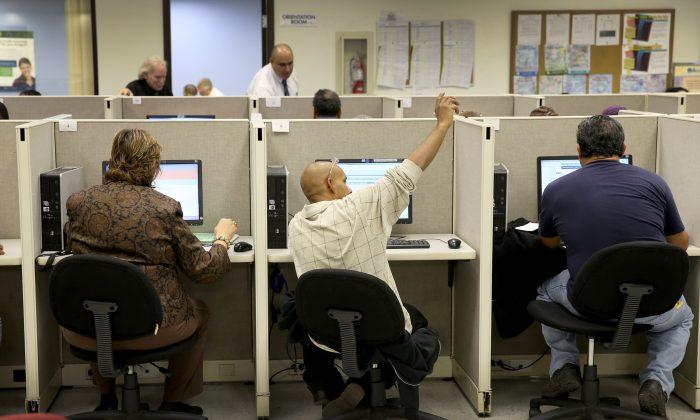Lose your job in most states and you may see as much as 26 weeks of basic unemployment insurance. After that, the future is uncertain. On Jan. 1, federal benefits expired for America’s 1.3 million unemployed.
Lawmakers looking to end the emergency unemployment support brought about by the Great Recession point to an economy in recovery. According to the Labor Department, the unemployment rate sank to 6.7 percent in December 2013.
However, for many Americans still struggling to find employment, the sting of recession still lingers.
40 Percent
Population analysis from the Carsey Institute at the University of New Hampshire shows that while the unemployment rate is falling, the number of long-term unemployed people has increased dramatically in the last six years. Almost 40 percent of unemployed Americans are experiencing long-term unemployment. That is defined as being out of work and actively looking for work for 27 weeks or more.
According to the monthly report released Jan. 10 by the Bureau of Labor Statistics (BLS), “The number of long-term unemployed (those jobless for 27 weeks or more), at 3.9 million, showed little change; these individuals accounted for 37.7 percent of the unemployed. The number of long-term unemployed has declined by 894,000 over the year.”
The BLS does not explain what happened to those 894,000 people. The number of unemployed people and the unemployment rate is deceptive, because people who drop out of the workforce altogether do not count as unemployed. There are likely more people who want to work but have not found work than are included in the 894,000. Some, but not all of them, will have found full-time work.
Young May Need Less Support
By 2013, more than twice as many Americans have been unemployed for more than six months but actively seeking work, compared to 2007.
The report, “The Long-Term Unemployed in the Wake of the Great Recession,” does not address whether Congress should extend federal unemployment benefits. Instead, the goal is to shed light on who is struggling to help inform a better safety net.
“Young workers may need less support in their twenties than older workers in their fifties when they are out of work, whose prospects of returning to a well-paying late-career job are dim at a time when retirement savings should be at its peak,” states the report.
Researchers found that long-term unemployed people are much more likely to live in urban areas than short-term unemployed people. They are also older, more racially and ethnically diverse, better educated, and more likely to be married with children.
Gender Gaps Shrinks
The report also notes a diminishing gender gap among long-term unemployed—the number of long-term unemployed women is up 10 percent from 2007.
Hispanics, however, were found to be less affected by long-term unemployment. The report suggests that observing how certain groups manage to rejoin the workforce could inform job-training programs.






Friends Read Free